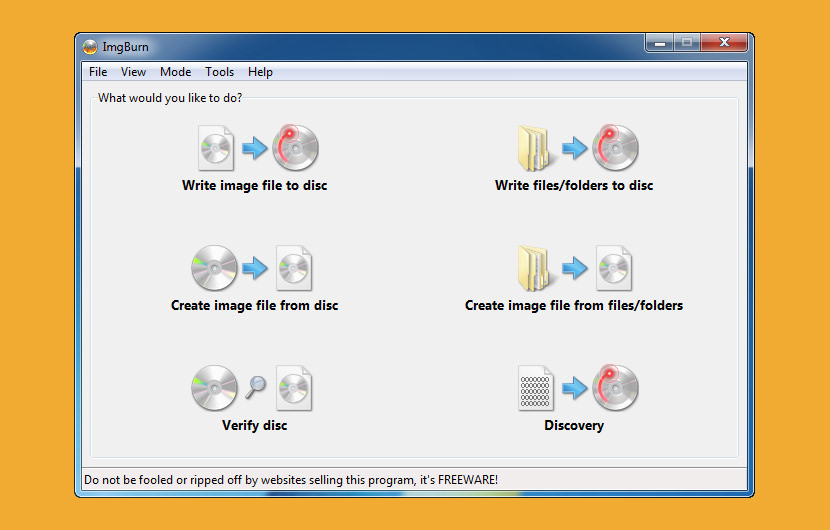
Almost everyone has heard the phrase “burn a CD,” but what exactly does it imply? To “burn” a CD, all you have to do is copy or write data onto a compact disc, or CD. CD drives that can write CDs use a laser to “burn” the information onto the CD’s underside, allowing it to be read in CD players and CD-ROM drives. The following are some of the most important uses and steps for making or burning your own CD.
How does it work?
All you fire marshals out there can relax: nothing actually burns (as in fire) when a CD is burned, but the heat of the laser causes a chemical layer in the disc to change.
Data is stored as binary data in a series of physical pits and flat areas (or a lack of pits) in a special layer on a regular mass-produced CD. A CD player reads the disc by shining a laser along a spiral groove embedded in the data layer. If the laser beam hits a pit and is dimmed or deflected, the player receives a “1,” but if it hits a pit and is dimmed or deflected, the player receives a “0.”
The three-dimensional data layer (of pits and flat areas) on mass-produced CDs is permanently stamped onto the disc and cannot be changed later. However, scientists at Taiyo Yuden in Japan discovered in the mid-1980s that actual pits were not required to diffuse laser light. Instead, you could use a higher-powered laser to heat a transparent chemical layer in the disc, which would darken when heated.
That’s how CD-Rs function. CD-Rs use darkened areas of dye “burned” into the disc instead of pits found on commercially pressed CDs. Is that clear?
Benefits
Being able to “burn” your own CD has numerous advantages. You can make your own mix of favorite songs or copy an existing album to share with friends using an audio CD. A data CD will allow you to back up and store data in the event of a computer failure, as well as make your files portable. You can burn a CD with your entire photo album and send it to family members to share memories and events. CDs can also be made by students or teachers for presentations or class projects.
